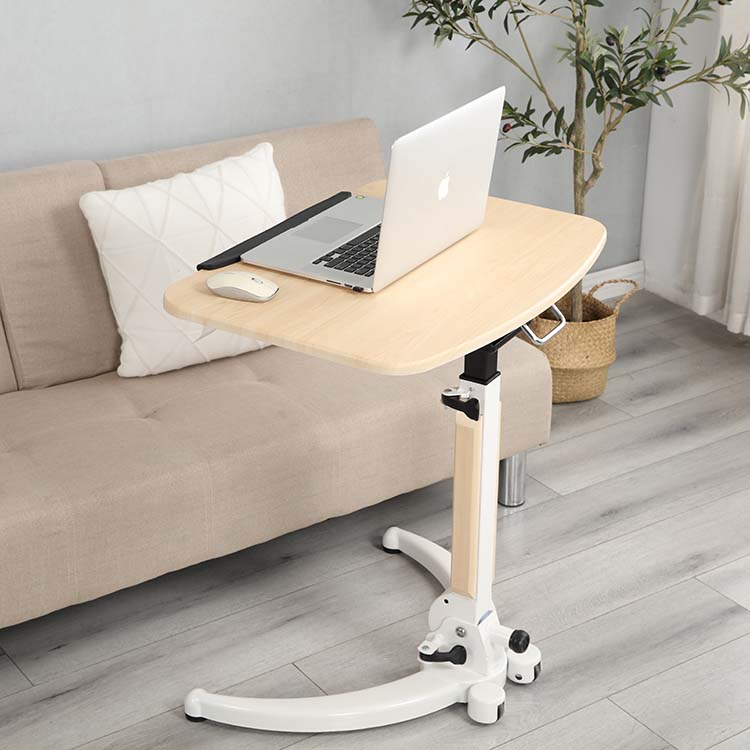Institute of Physics and Chemistry, Chinese Academy of Sciences, Beijing Chonggao Nanotechnology Co., Ltd. Dr. Li Bizhong Room 2407, Kefang Building, Beijing Chemical Industry Research Institute, West Gate of Tsinghua University, Haidian District, Beijing, 100084 I. Introduction Antibacterial and deodorizing functional textiles are designed to kill or inhibit microorganisms such as bacteria that come into contact with them, thereby offering hygienic and odor-reducing benefits. These textiles can be produced either by spinning antibacterial fibers directly or by finishing ordinary fabrics with antibacterial agents. As living standards continue to rise, the comfort and hygiene of textile products have a direct impact on people's quality of life. Incorporating antibacterial and deodorizing properties is an essential way to enhance the performance of textiles. This feature is also highly valuable in military applications. During World War II, for instance, the German army used antibacterial-treated uniforms to reduce bacterial infections among wounded soldiers. In the 1960s, antibacterial finishing techniques began to be used in civilian applications. Initially, organic antibacterial agents were employed, including some less safe compounds like organotin and chlorophenol. However, from the mid-1980s, quaternary ammonium salts became the most commonly used antibacterial agents [1-2]. In recent years, inorganic antibacterial agents have also been developed and applied in finishing processes [3]. So far, finishing remains the primary method for achieving antibacterial properties in textiles made from natural fibers. However, the durability of antibacterial finishes—especially their resistance to washing—remains a challenge. Antibacterial and deodorizing fibers represent a newer technology compared to post-treatment methods. Developed internationally in the 1980s, this approach involves blending antibacterial agents into synthetic fibers during the production process to create long-lasting antibacterial fibers. Compared to traditional finishing methods, these fibers offer better deodorizing effects, longer durability, and a more natural feel without the need for resins. However, this technique requires high technical expertise, especially when selecting suitable antibacterial agents [4]. The manufacturing process of synthetic fibers typically involves either wet spinning or melt spinning. Both methods can produce antibacterial fibers through blending, but each presents unique challenges. For example, in wet spinning (such as rayon or acrylic), compatibility between the antibacterial agent and the spinning solution must be carefully managed. In melt spinning (like polyester or polypropylene), the antibacterial agent must withstand high temperatures, which is considered the most difficult part of the process. Research over many years has shown that organic antibacterial agents often lack thermal stability, making them unsuitable for melt spinning. In contrast, inorganic antibacterial agents are valued for their high temperature resistance, such as silver-containing zeolites used in Japan. Other inorganic options include glass, ceramics, and metal oxides, which achieve antibacterial and deodorizing effects through the action of metal ions like silver, copper, and zinc. In this study, a new type of nano-level inorganic antibacterial agent was blended with polyester and polypropylene resins to produce antibacterial polyester and polypropylene fibers. These fibers were then used to make antibacterial fabrics, and their antibacterial performance and usability were evaluated. II. Testing 1. Materials - Nano-antibacterial agent: A combination of silica and titanium dioxide containing 3% silver, with an average particle size of 30 nm. 2. Spinning Method The masterbatch addition method was used to produce melt-spun antibacterial fibers, with a masterbatch ratio of 4–8% relative to the base material. 2.1 Antibacterial fiber masterbatch: Produced at this laboratory and pilot production base. - Polyester filament: Beijing Polyester Test Factory 3. Washing Resistance Test This test was conducted by the Beijing Cotton Textile Technical Quality Supervision and Inspection Station according to GB/T 8629-2001 “Textiles – Household Washing and Drying Procedures for Testing.†4. Antibacterial Test The antibacterial test was carried out by the antibacterial laboratory of Beijing Lofty Nanotechnology Corporation, the National Engineering Research Center for Engineering Plastics, and the Environmental Microbiology Laboratory of the Institute of Environmental and Engineering, Chinese Academy of Preventive Medicine. Method The "vibration flask method" specified in the "Technical Specifications for Identification and Monitoring of Disinfection Products" issued by the Ministry of Health in November 1999 was used.
Pneumatic Folding Table Sit and stand alternately, healthy and efficient office, is the desk is also a speech training platform I, you can work anytime and anywhere
1. The appearance is simple and beautiful, and the fillet design allows you to reduce collision, which is simple but not simple
2. Up and down, safe and stable, durable, easy to stop
3. Movable base, safe and stable
4. High strength nylon, three-dimensional cutting process, Pu edge, no damage to the floor, ultra quiet movement
5. Easy to use, foldable, easy and convenient, reduce the use of space
Pneumatic Folding Table,Pneumatic Lifting Table,Pneumatic Office Table,Folding Table Computer,Folding Laptop Desk Suzhou Uplift Intelligent Technology Co., Ltd , https://www.upliftec.com
TEL: 62552532 / 62636656
FAX:
E-mail:
- Spinning-grade resin chips: Superfine denier polypropylene chips and polyester resin chips produced in Beijing.
2.2 Textile production: Spinning lab at Beijing Textile Institute.
2.3 Pilot production details:
- Polyester staple: Beijing No. 2 Printing and Dyeing Plant
- Polypropylene staple fiber: Liaoyang Petrochemical Company Chemical Fiber Factory, Zibo Chemical Fiber Factory
- Blended spinning: Second Cotton Spinning Plant of Beijing Cotton Group
- Dyeing and finishing: Beijing Second Printing and Dyeing Factory
- Weaving: Chengde Silk Factory
- Knitting: Beijing Tongniu Group